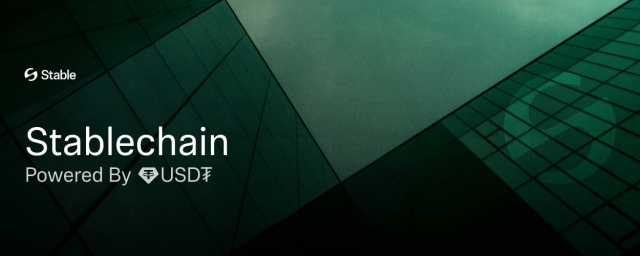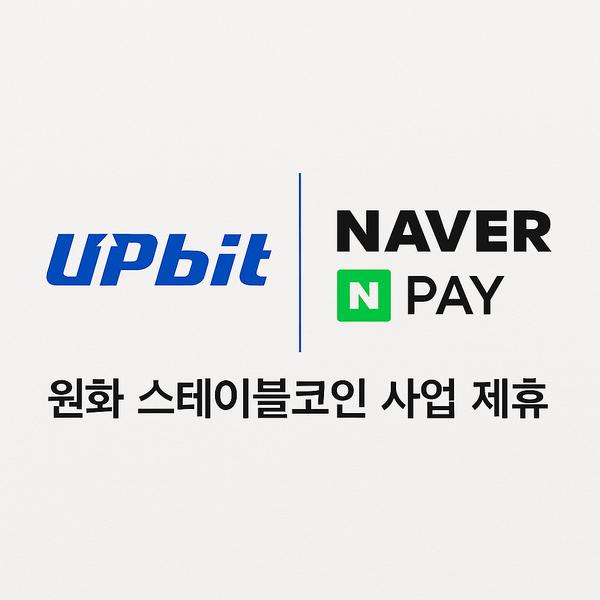
Stable, a dedicated blockchain for Tether (USDT), the world's number one stablecoin by market capitalization, has been unveiled. The strategy is to eliminate peer-to-peer transaction fees to zero and create a separate enterprise transmission space to accelerate the global spread of USDT.
According to the industry on the 2nd, Stable officially introduced the Layer 1 (L1) blockchain 'Stable Chain' on the 1st (local time). This is the first time they have disclosed the technical documentation and chain structure after dedicating themselves to development without external announcement.
Stable is a chain that uses stablecoins like USDT as native assets. Native assets refer to virtual assets used for fee payment, transaction verification, and operation on a blockchain. On Ethereum, ETH, and on Tron, TRX serve this purpose. Stable decided to replace this role with a USDT-based token (gasUSDT). It was designed so that there are no fees (gas fees) for general peer-to-peer transfers. However, gasUSDT is used as a fee for complex transactions such as decentralized application (dApp) usage or smart contract calls.
Until now, USDT has been issued on various blockchains such as Tron, Ethereum, Binance Smart Chain, and Solana. According to virtual asset data company DeFi Llama, the USDT market capitalization was approximately $15.816 billion at 3:17 PM on the day. Among these, the Tron issuance proportion is the highest at 50.59%, followed by Ethereum (40.33%), BSC (3.97%), and Solana (1.47%).
USDT issued on these chains requires separately holding each chain's native token when transferring to another wallet. The fee structure varies by chain, which can cause user confusion, and even the same USDT can be difficult to interoperate if issued on different chains.
The excessive concentration of USDT issuance on Tron can also be a risk. In fact, Tether froze 12.3 million USDT from Tron wallet addresses last month. This was a measure according to the US Treasury Department's Office of Foreign Assets Control (OFAC) regulations. Tron's founder Justin Sun is currently in a lawsuit with the US Securities and Exchange Commission (SEC) regarding unregistered securities, which is currently temporarily suspended. As the Genius Act, a stablecoin regulatory bill in the US, is about to pass, there are analyses that future litigation could be a burden for Tether if the lawsuit resumes.
Stable was launched to solve these structural problems. The goal is to simultaneously resolve △unpredictable fee structures △complex user environments △existing infrastructure not optimized for stablecoins. Bitfinex, a global virtual asset exchange under the same parent company as Tether, participated as an early investor in the Stable project.
As various companies are jumping into the stablecoin business, it is also noteworthy that Stable has prepared separate functions for enterprises. Stable has allocated separate block spaces for companies that frequently need to process bulk transfers or settlements. It was designed so that it does not delay even when the network is congested. A 'private transfer' feature that hides some transaction details from the outside is also provided. This feature is suitable for companies that need to protect sensitive information while complying with anti-money laundering or accounting audit standards.
Stable is targeting the global payment market by promoting a dedicated blockchain for stablecoins. It plans to accelerate its entry into the Korean market, participating as an official partner of Korea Blockchain Week 2025.
- Reporter Do Ye-ri
< Copyright ⓒ DeCenter, unauthorized reproduction and redistribution prohibited >







